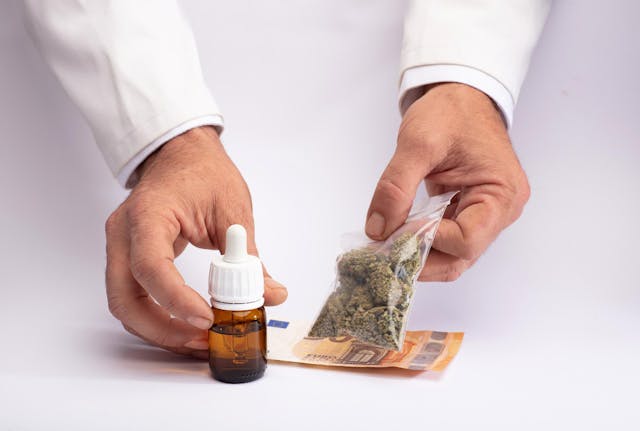Colorado Medical Marijuana Sales Drop To Lowest Point For First Time Ever
- Colorado Cannabis
- Colorado Medical Marijuana Sales Drop To Lowest Point For First Time Ever
Medical marijuana sales in Colorado have fallen to their lowest level since retail sales began — the latest evidence that the state’s once-strong business is struggling as others flood the U.S. market and new restrictions take root.
According to data from the Colorado Department of Revenue, the state's marijuana sales in July fell short of $154 million, compared to roughly $203 million in the same month last year. The total amount of sales for the year had surpassed $1 billion.
Medical marijuana totaled just over $18 million in July, the lowest monthly figure since the state's legalization of retail sales in January 2014. Despite a decline from $168 million a year earlier to over $135 million, recreational marijuana sales grew better than in April, May, and June.
According to Tiffany Goldman, chairman of the Marijuana Industry Group, "The marijuana industry in Colorado is mistakenly seen as a cash cow. This impression is untruthful.” The state's marijuana sector, according to her trade association, is "on the brink."
However, more than 41,000 people are still directly employed in the Centennial State, although Goldman cited the closure of small cannabis enterprises.
John Fritzel, the owner of Buddy Boy Brands, moved to shut his seven metro-area dispensaries permanently in June after being unable to pay a state tax debt, a market downturn, and high operating costs.
According to Goldman, in the future, she hopes lawmakers and elected officials will grasp the sad fact that Colorado cannabis businesses are struggling and that they must work to protect a sector that provides the state with well-paying employment and tax revenue.
The state's cannabis business is not generally on the verge of collapse, according to Ryan Shipp, director of retail at independently owned Native Roots Cannabis Co. He calls the medical and recreational cannabis markets "completely two separate markets."
“Both are shrinking, but for different reasons,” he added. Cannabis tourism is on the decline as more states legalize cannabis use for recreational purposes. He noted that the sales of medical cannabis were expected to fall, blaming House Bill 1317 as a contributing cause. Medical marijuana patients were subjected to more requirements under the measure, and the amount of concentrate they could buy in one day was lowered to eight grams. Ages 18 to 20: Two grams is the new upper limit.
Shipp continued, "I don't know if we anticipated such a huge reduction. Getting a medical card is a little bit more difficult now than it used to be, so some of them are simply choosing to skip that procedure and just shop on the recreational side."
However, he points out that over the past few months, Native Roots has steadily observed an increase in medical patients, and he expresses optimism that the sales downturn has "flatlined."
Shipp continued, "The company is devoted to expanding its medical side, but I don't expect the medical market to rebound to its apex."
According to a rolling market projection by cannabis analytics company BDSA, both U.S. and international cannabis sales are expected to increase in the future.
Cannabis sales are predicted to increase from $30 billion last year to $57 billion in 2026, with the U.S. market growing from $25 billion to $42 billion.
According to the figures provided, the country's legal cannabis sales are anticipated to reach $27 billion by the end of this year, an increase of 7% over the previous year's sales.
It is predicted that the cannabis market in 2022 will still see topline growth, driven by strong sales in new and emerging markets, such as New Jersey and New York, even as mature markets in the U.S. experience a slowdown in sales.
